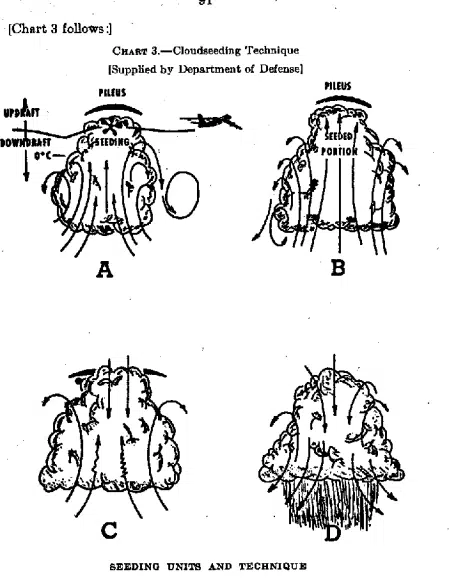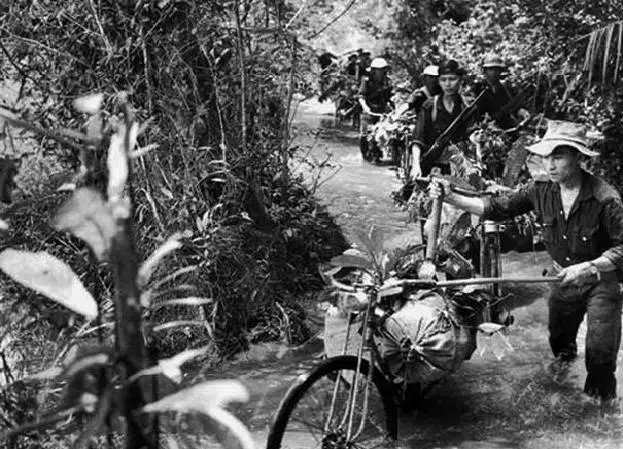Operation Popeye: America’s Secret Weather Warfare Project
Featured in Ripley's Believe It or Not!

Militarizing Meteorology
As the United States became quagmired in its conflict with the Viet Cong in the late 1960s, one military operation looked at a way to use the literal morass against the enemy. Using weather control technology, the United States Air Force engaged in the only known militarization of meteorology in what would become known as Operation Popeye.



